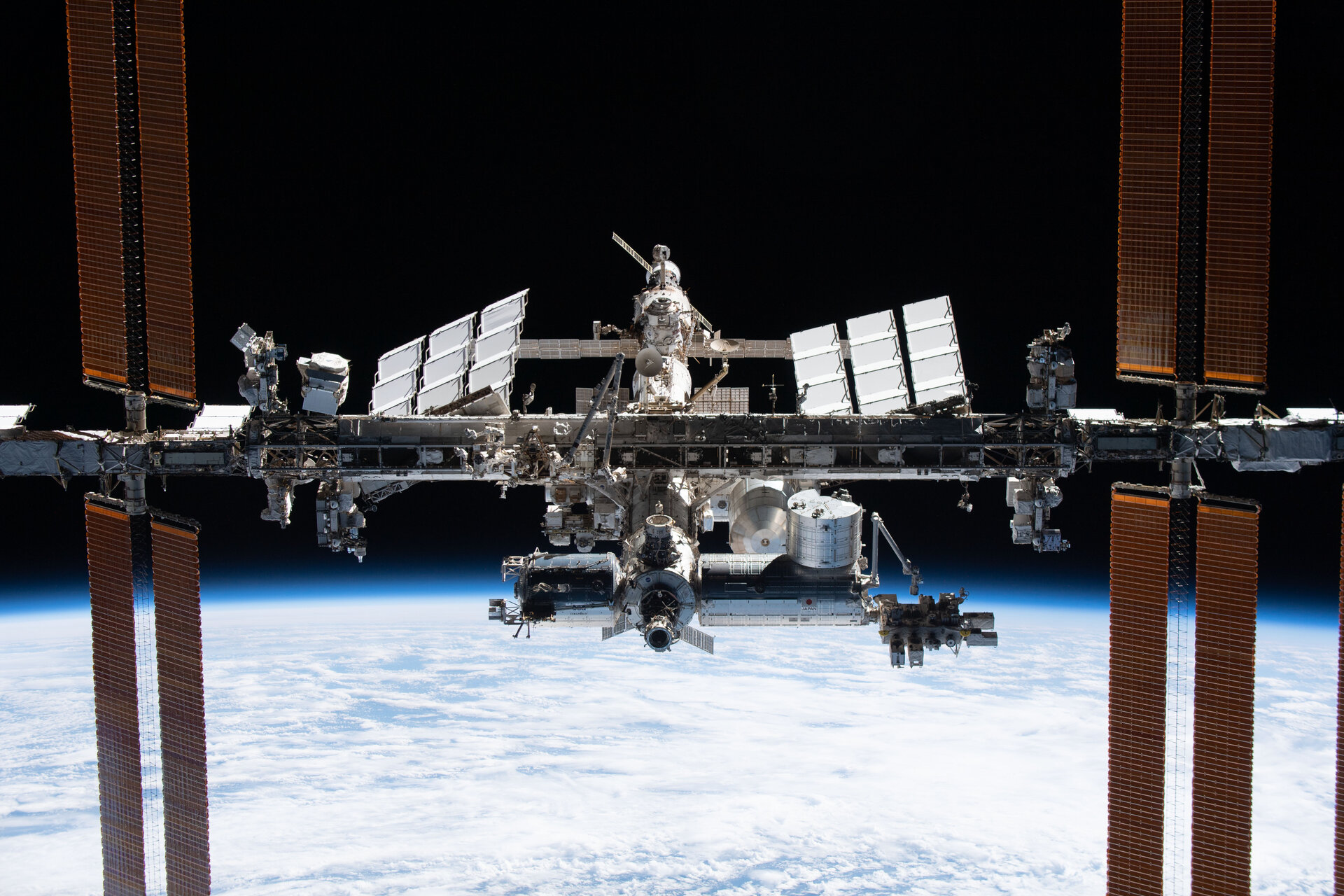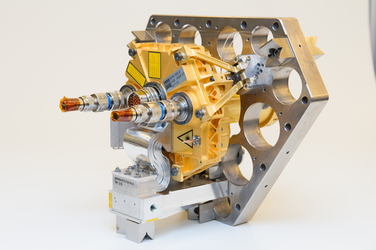Antimicrobial Surface Treatments for the International Space Station and Beyond
The growing resistance to antimicrobial and antifungal surface treatments is a worldwide problem – and in space. Astronauts living and working onboard the International Space Station (ISS) are especially vulnerable to infection due to their confined environment and basic sanitary infrastructure. Varying air flow gradients and temperatures in an enclosed habitat easily promotes the development of fungal and microbial growth.
A TDE funded activity, together with the Luxembourg Institute of Science and Technology, investigated alternative possibilities to antimicrobial surface treatments. New surface treatments avoided incorporating conventional materials containing heavy metals, which have been shown to leak into water condensate on the ISS, and are instead being based on bio-sourced ingredients. Bio-based coatings are both sustainable and safe-by-design.
Wet and dry surfaces, coated in a substrate of either stainless steel or Kapton foil were tested. The focus was on surfaces that are otherwise hard to reach, clean and replace.

Three different antimicrobial agents, all known in food safety and biomedical applications were tested to kill viruses, bacteria, fungi and parasites. Zinc oxide is currently the most bio compatible oxide, based on a broad-spectrum antimicrobial agent. Other possibilities include the bio-source organic molecules of chitosan and lignin, and antimicrobial peptides. The different agents were embedded into three different coating matrixes currently used in medical devices and scaffolds, and can be easily scaled for space-based applications.
The two most promising formulations was the wet deposited PVA (polyvinyl alcohol)-based coating with embedded lignin nanoparticles, and the plasma-deposited HMDSO (hexamethyldisiloxane) based coating also with embedded lignin particles. Wet deposition, with a solvent, is the simplest and most mature technology for surface coating. Atmospheric pressure deposition, with no solvent, provides a higher mechanical strength. Nano-pattering is a promising emerging technology – where a specific pattern is introduced to the surface that kills the bacteria upon contact.
Understanding the vulnerability and diversity of microbials is critical to future spaceflight activities to the Moon, Mars and beyond. A follow-on activity with ESA ExPeRT funding will further develop self-healing antimicrobial coatings for drinking water distribution and in a closed habitat environment.
Contract 4000126324 closed in 2022. The results from the activity were presented at the ESA 2023 Technology Sharing Day. The activity also resulted in two parents filled by with the Luxembourg Institute of Science and Technology, covering - high performance and durable biocompatible antibacterial coatings based on colloids and bio-sourced antibacterial agents and - antifungal, antibacterial and biocompatible coatings based on colloids and bio-sourced antibacterial agents.






